|
Genres, Themes, Actors, and Directors:
- Father and Child
- Grown Children
- Incest and Incestuous Undertones
- Japanese Films
- Ozu Films
- Widows and Widowers
Response to Peary’s Review:
As Peary notes, this “simply told yet lovely film” by Yasujiro Ozu showcases many of the themes the famed Japanese director would continue to explore in his later movies — including “the dissolution of the postwar Japanese family; the idea that married children… will become strangers to their parents; [and] the wise realization by the elderly that they must sacrifice their own happiness so that their children can make lives for themselves.” Ozu quietly evokes a specific time and place in post-WWII Japanese history, with most scenes focusing on the expressions and reactions of seated characters who are either pouring tea, folding clothes, chatting, or taking care of other daily activities. Ozu’s pace is refreshingly leisurely; his camera lingers quietly on scenes of the countryside, empty rooms about to be filled, and — most frequently — the lovely, smiling face of the film’s protagonist (Hara).
Peary points out that Ozu makes the fascinating choice of never showing us Hara’s young “Gary Cooper-esque” spouse-to-be — indicating that in some ways, Late Spring is really a tragic story of “star-crossed lovers” (father and daughter) who are unable to justify a continued lifetime together. While Ozu only hints at the titillation of Hara’s “unhealthy” devotion to her father, there is definitely something “not quite right” between them. Indeed, any explicit mention of the need for sexual gratification is conspicuously absent from the film — although it would appear full-force in Ozu’s final movie, An Autumn Afternoon (1962), a virtual reworking of the same story.
Note: Interestingly, many of Ozu’s films reference seasons in their titles — including Early Summer (1951), Early Spring (1956), Late Autumn (1960), Early Autumn (1961), and An Autumn Afternoon (1962).
Redeeming Qualities and Moments:
- Setsuko Hara as Noriko, whose near-constant smile belies the depth of her conflicting emotions

- Chishu Ryu as Noriko’s sacrificing father — this wonderfully understated actor is always a pleasure to behold on-screen
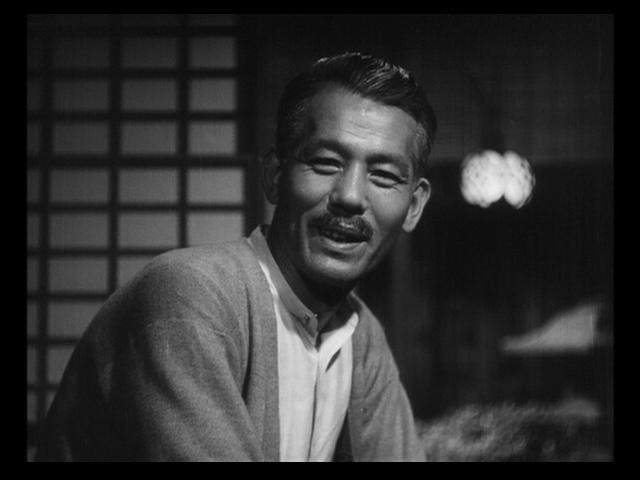
- Many quiet scenes between Hara and Ryu, who are ultimately too comfortable in their life together
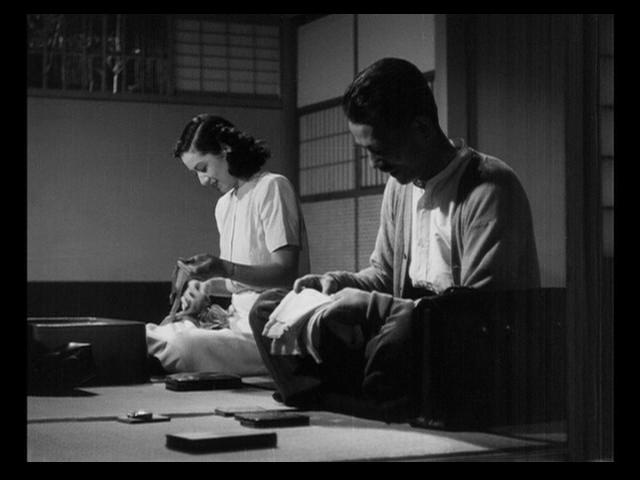
- Beautiful black-and-white cinematography
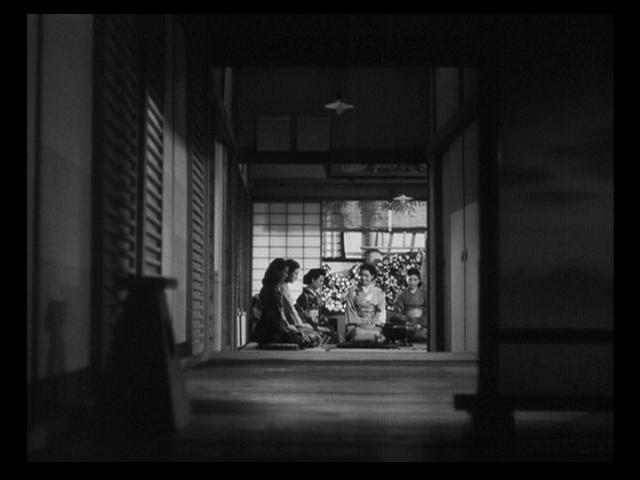
- An interesting glimpse at American-occupied Japan after WWII
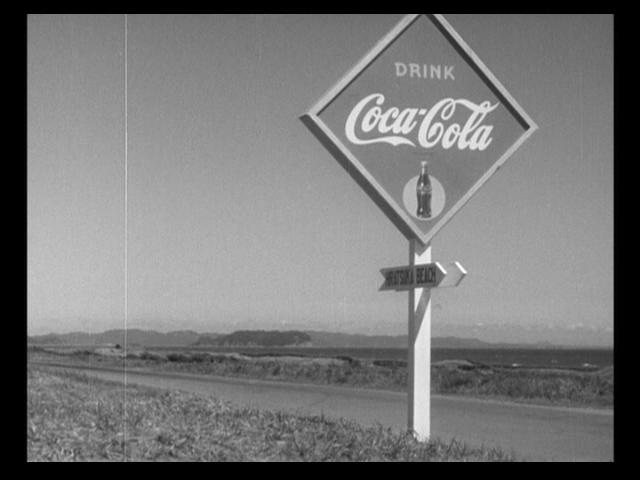
- An emotionally devastating, yet ultimately satisfying, ending
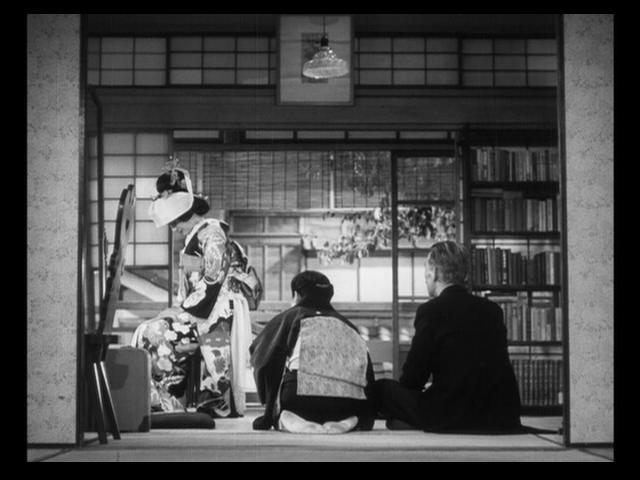
- Senji Ito’s lilting, strings-heavy musical score, which permeates the film and brings a lump to one’s throat
Must See?
Yes. Ozu’s film is a provocative, lovingly rendered depiction of filial loyalty in mid-century Japan.
Categories
- Foreign Gem
- Important Director
Links:
|
2 thoughts on “Late Spring (1949)”
Yes, a must – as are many other Ozu films of this period and after. Among film lovers, Ozu’s name is not bandied about as frequently as those of other foreign directors. I suspect it has something to do with the lack of a kinetic quality – or, rather, the fact that that quality is revealed in, as you note, the depth of emotion. In the case of ‘Late Spring’, some viewers may not be prepared to be lulled by the film’s slow unfolding – its depiction of a tea ceremony, a performance of Noh Drama, or the fully followed movement in the home. Yet those elements and others result in a rather soothing film experience – one that Ozu realizes is not completely soothing underneath. Much has been made of the ‘unnatural’ aspect of the father-daughter relationship but I hesitate to give that undue weight. As well, impending marriage often causes emotional upset within a family. Here, what seems most apparent is Noriko’s feeling that she has been betrayed, even lied to, and that the cherished closeness with her father – her comfort zone – is pulled out from under her somewhat surreptitiously. Of course, not everything is spelled out but there seems enough to guard against a misreading of the film. (It may or may not have significance, but neither Ozu or his ultimately 6-time star Hara ever married in life.)
Good point. I hesitated to elaborate on the “unnatural” aspect of their relationship, but realized that since this was my honest reaction (as a westerner) upon first seeing the film, I might as well express it. With that said, I also believe that “incestuous undertones” don’t necessarily imply sexual undertones — but rather, the desire to make one’s child/parent/sibling into one’s primary life partner. More than anything, I felt such sadness for this lovely woman, and her “inability” (societally induced) to remain in a relationship that was clearly providing her with much pleasure. In Ozu’s final film, “An Autumn Afternoon”, Hara’s counterpart — “the Gourd’s” spinster daughter — is made to seem much more pathetic, unhappy, and unattractive; so perhaps Ozu’s point is that over the years, even the happiest “coupling” of father and grown daughter may lead to discontentment, and that it’s necessary to “break free” early (when it’s uncomfortable) rather than allow this to happen. Just one hypothetical cross-film analysis.